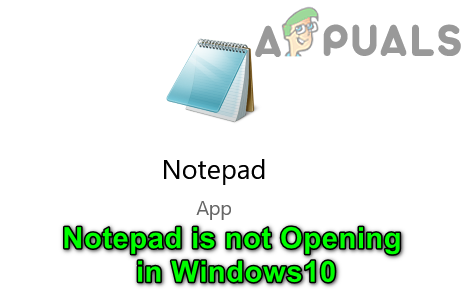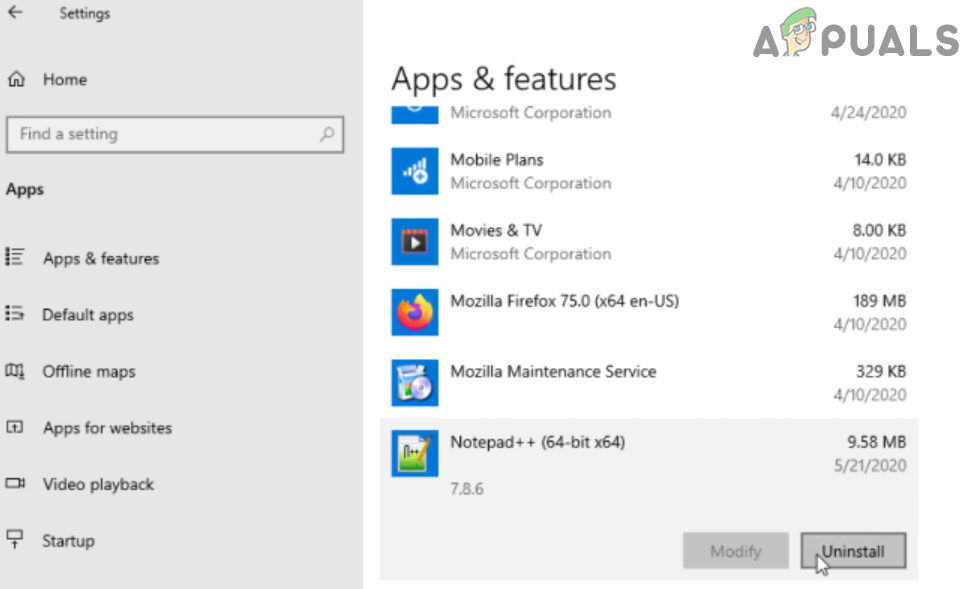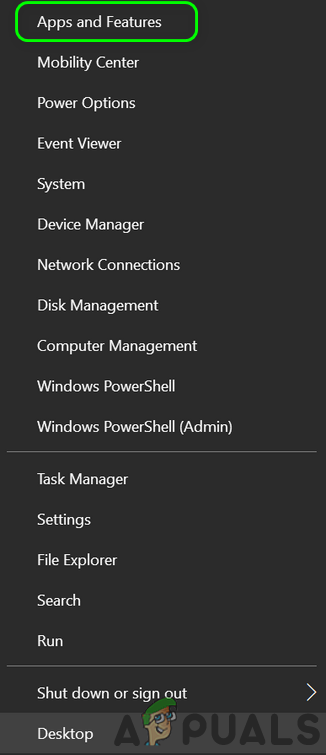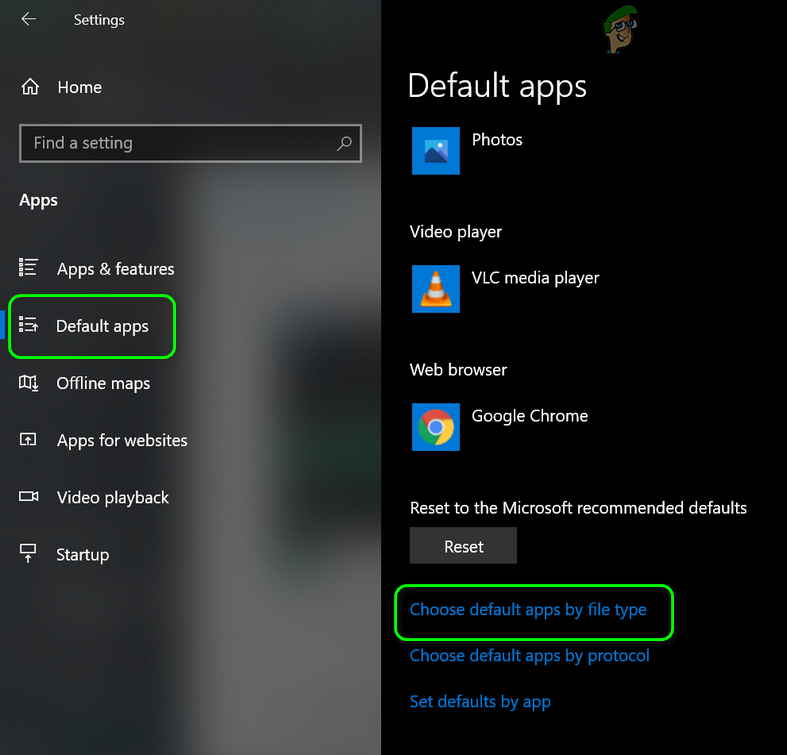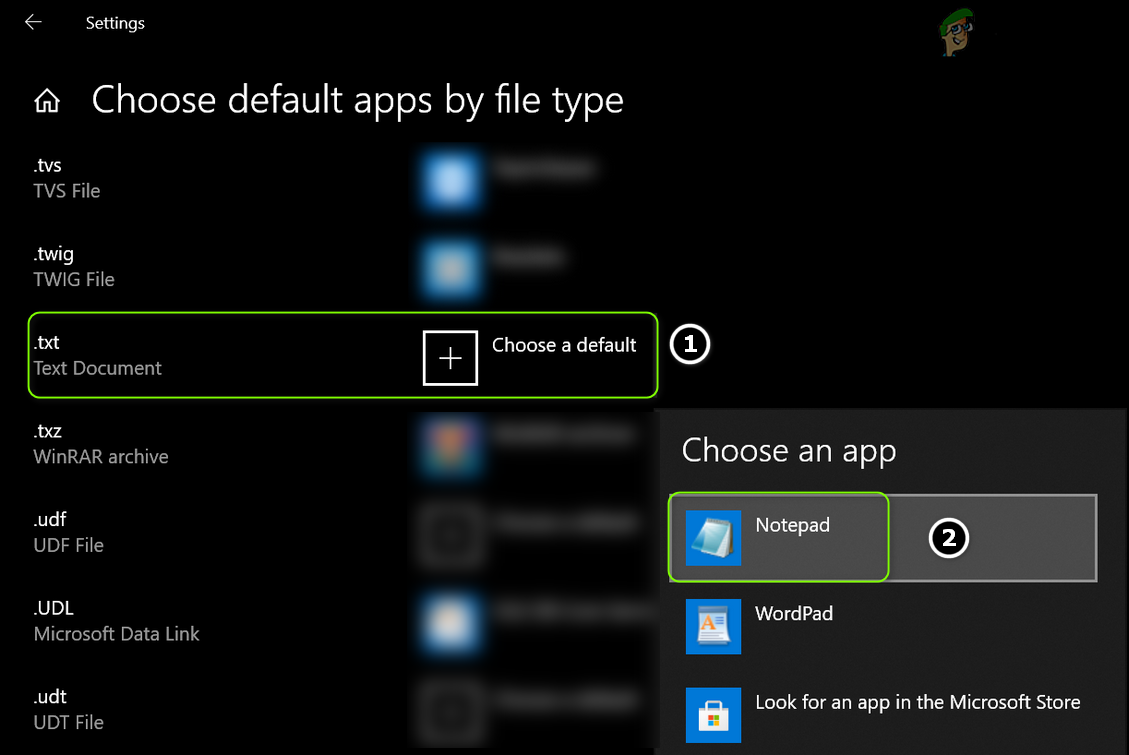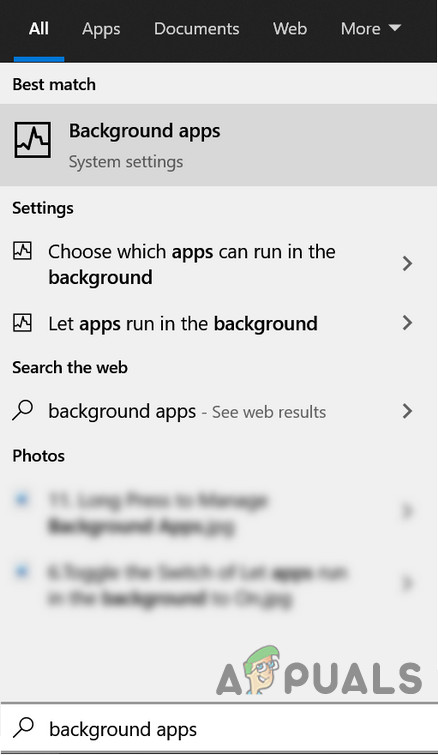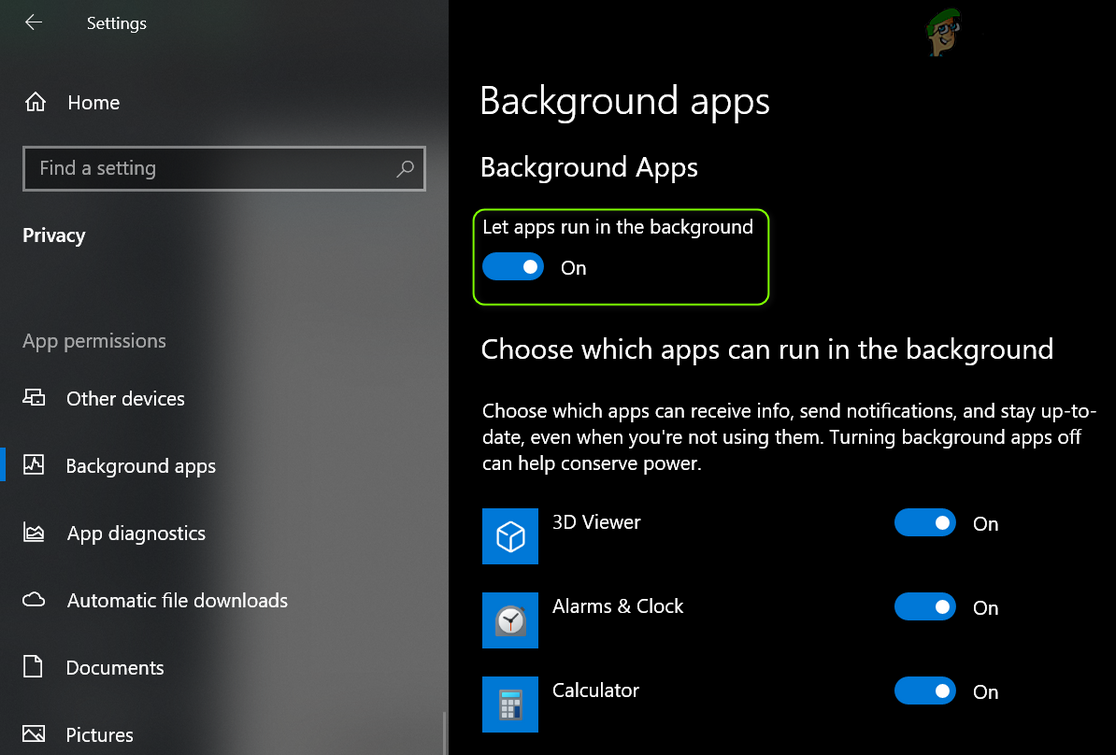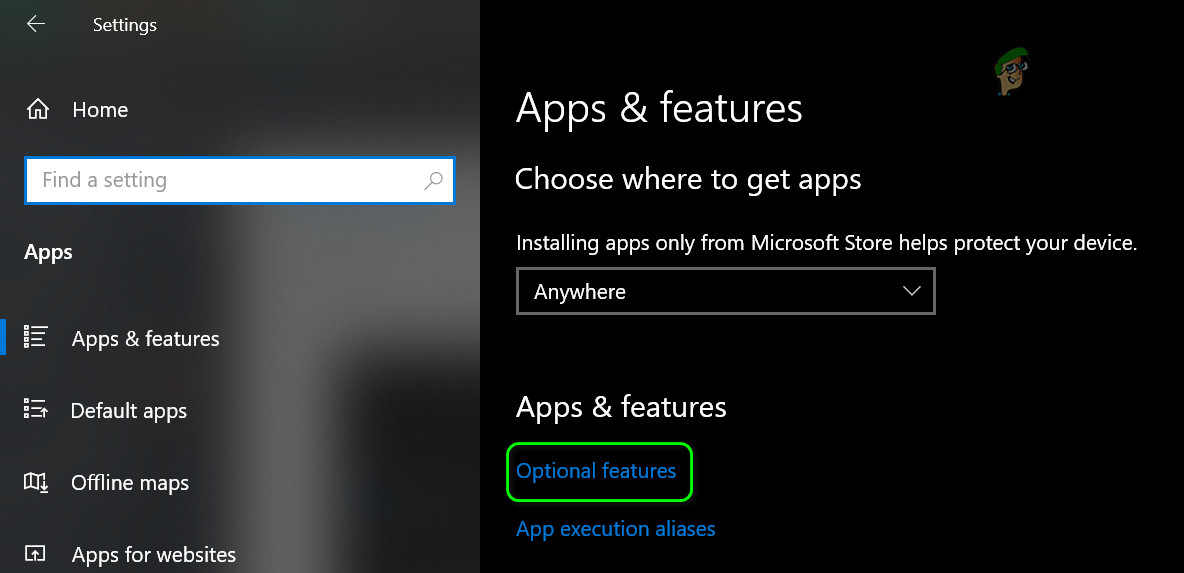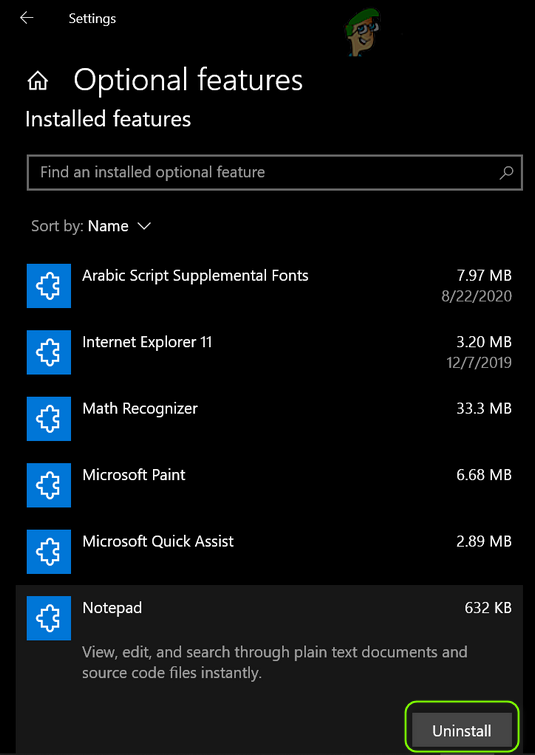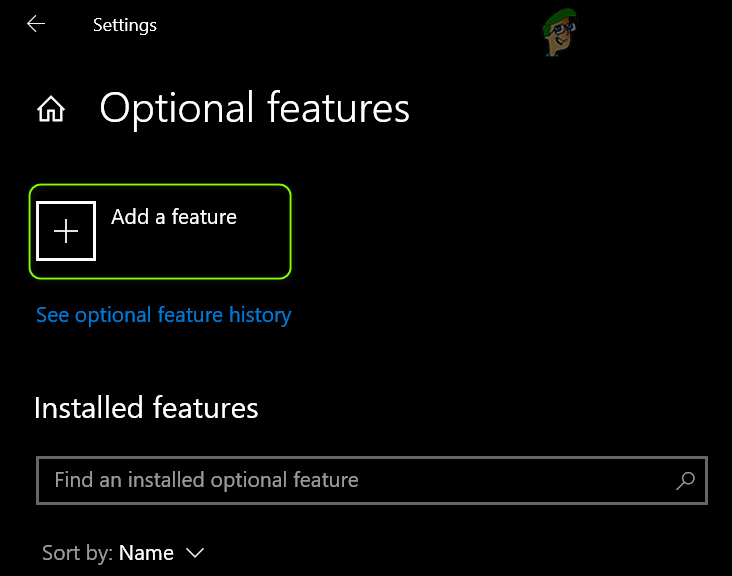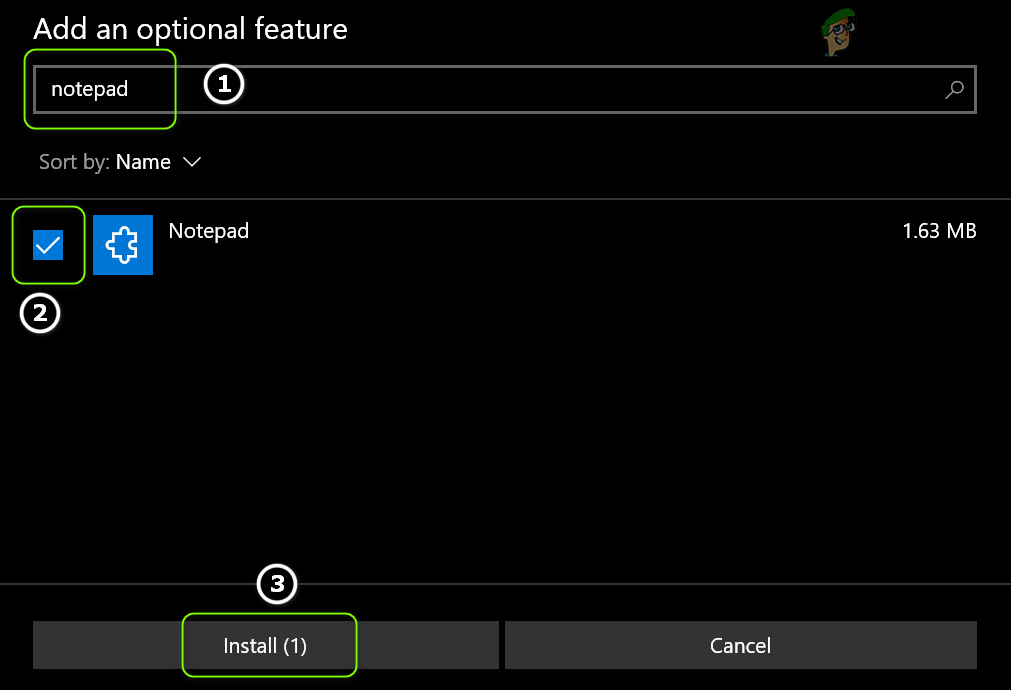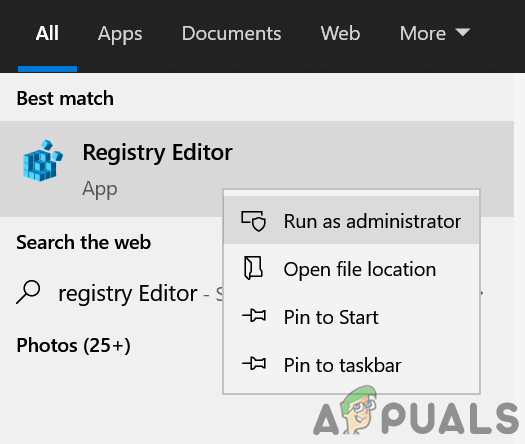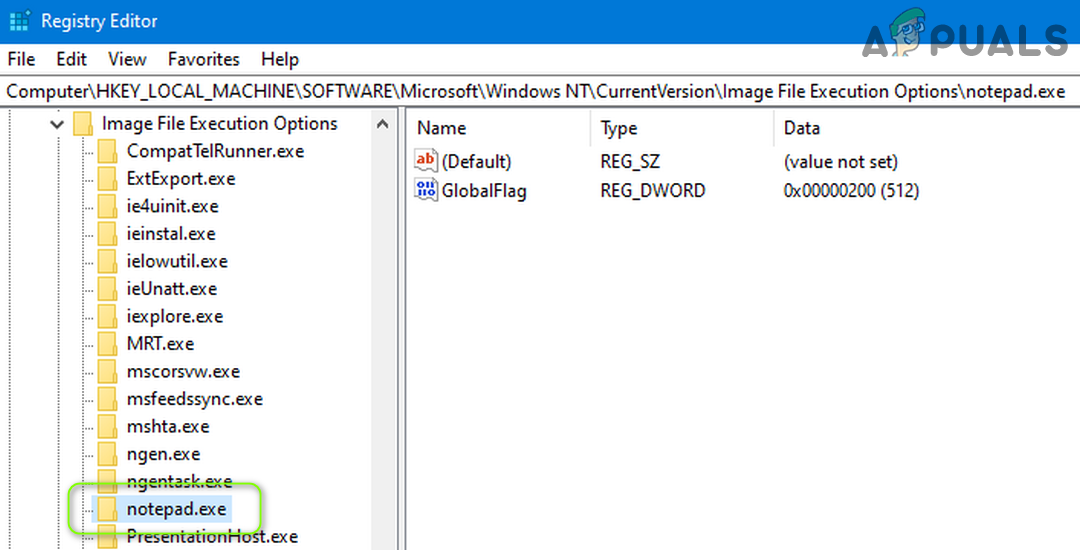The issue arises (majorly reported after a Windows update) when the user fails to launch the Notepad (either through the Windows search, File Explorer, or shortcut). Moreover, some users reported they also failed to directly open the text files with the Notepad. In some cases, when the Notepad showed in the search, clicking it did not do anything (sometimes no error message is shown). In some instances, the Notepad.exe was not even present in its installation directory. Before proceeding to fix the Notepad, check if you can launch the Notepad through the File Explorer from the following locations (if present): Moreover, if your system had ever been part of a multi-display setup, then check if the Notepad application is not launched on the phantom display.
Solution 1: Disable/Remove the Conflicting Applications
The Notepad application may not open if another application/process on your system is hindering the operation of the Notepad. In this case, removing the conflicting applications (like WinSeven.exe or Notepad++) may solve the problem.
Solution 2: Use the SFC and DISM Commands
The Notepad application may fail to open if the essential system files are corrupt. In this context, using the SFC and DISM commands may clear the files’ corruption and thus solve the problem.
Solution 3: Set the Notepad as the Default Text Editor and Enable the Background Apps
The Notepad might not open if no application is set as default to open the text files (user cannot open the text files directly by double-clicking on them) and the user has disabled the background apps (the Windows search fails to fetch the Notepad result). This can be especially true if the user had installed another text editor and set that editor as the default app to open the text files, but after removing that editor, the default setting did not revert to the Notepad. In this context, setting the Notepad as the default app to open the text files and enabling the operation of the background apps may solve the problem.
Set the Notepad as the Default App to Open the Text Files
Enable the Background Apps
Solution 4: Reinstall the Notepad
The Notepad might not work if its installation is corrupt. In this context, reinstalling the Notepad (or more technically, re-adding the Notepad feature) may solve the problem. If that did not do the trick, then check if installing the Microsoft Store version of Notepad sorts out the problem (but this may not be available for all users).
Solution 5: Edit the System’s Registry
The Notepad may fail to load on your system if the registry key relevant to the Notepad application is wrongly configured. In this case, editing the registry key relevant to the Notepad may solve the problem. Warning: Proceed with the utmost care and at your own risk as editing the registry of your system is a skillful task and if done wrong, your system/data may suffer everlasting damage. Before proceeding, make sure that you have backed-up the system’s registry. If you do not want to delete the key at step 3, then check if setting the correct path for the Notepad in the “Debugger” reg_sz value sorts out the problem.
Solution 6: Create a New User Account
The Notepad issue may emerge if the Windows user profile is corrupt. In this scenario, creating a new user account (preferably administrator) may solve the problem. If the issue does not occur in the new user account, you may copy-paste the EXE file of the Notepad from the new account to the problematic user account (you can also acquire the EXE file of the Notepad from another trusted and working computer). If the issue persists, then check if editing the %PATH% environment variable (if it is too long, then remove the entries pointing to the old uninstalled programs) solves the problem. If that did not do the trick, then check if performing a repair install of Windows sorts out the problem.
Fix: Excel Documents Open in Notepad on Windows 11?Notepad++ Plugins Failing to Install on Windows 10Windows 11 Gets Android App Support, New Notepad and Media Player Apps, and…Fix: Notepad Access Denied
